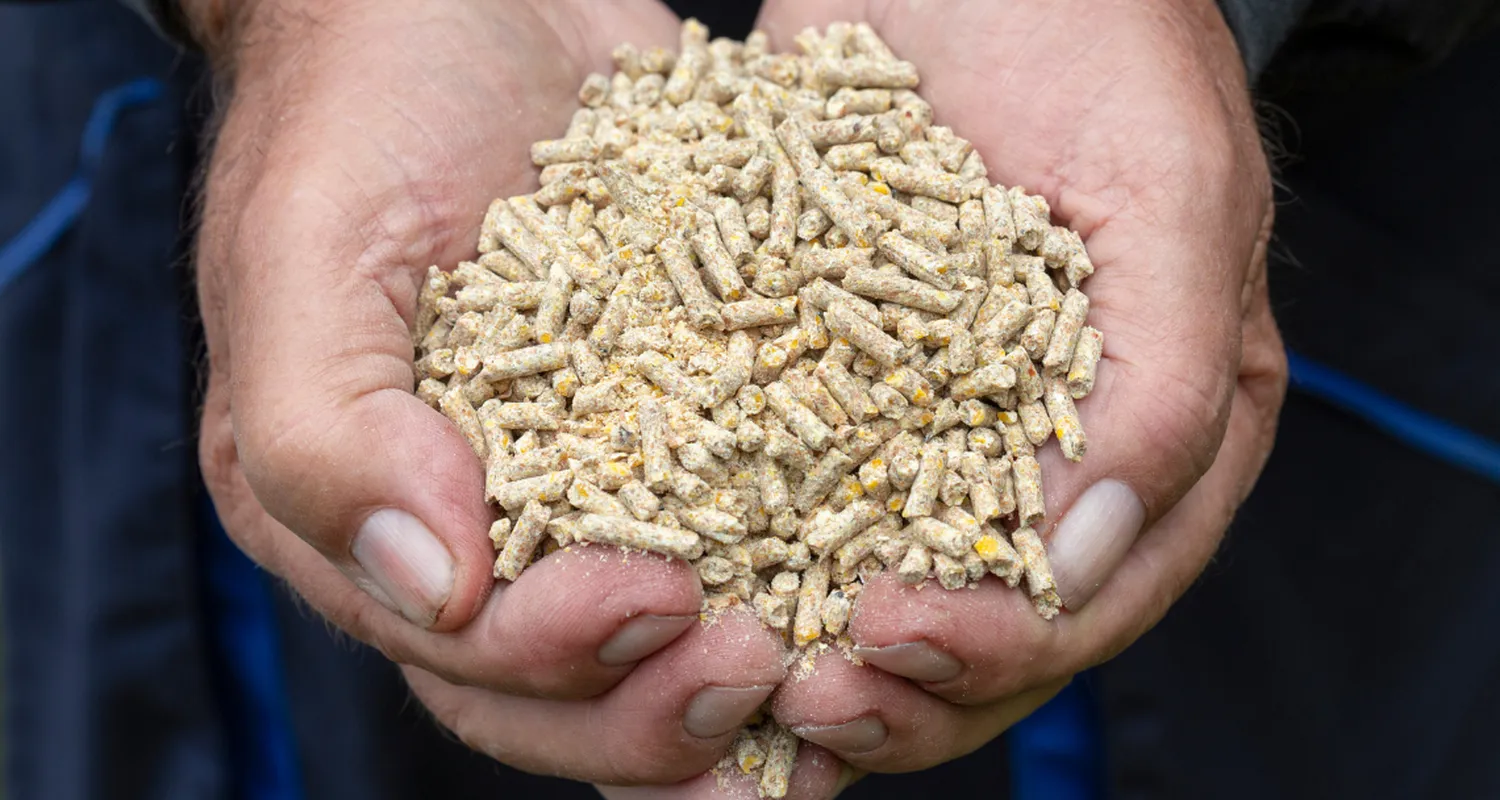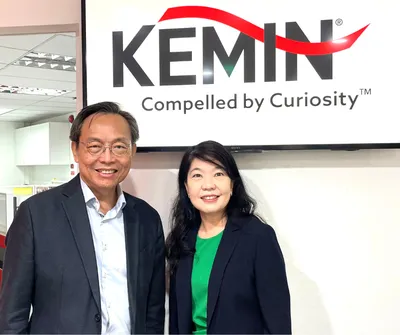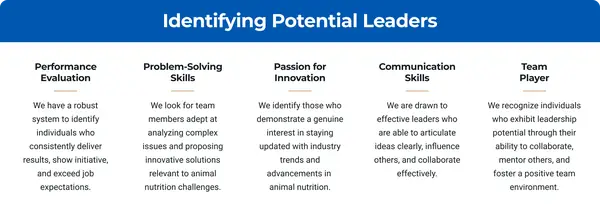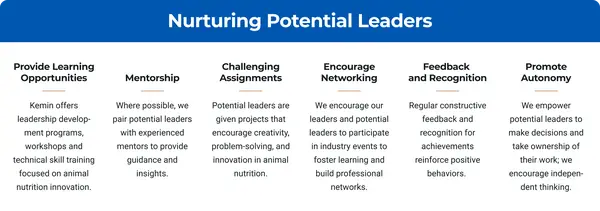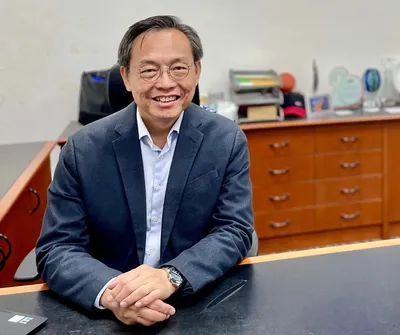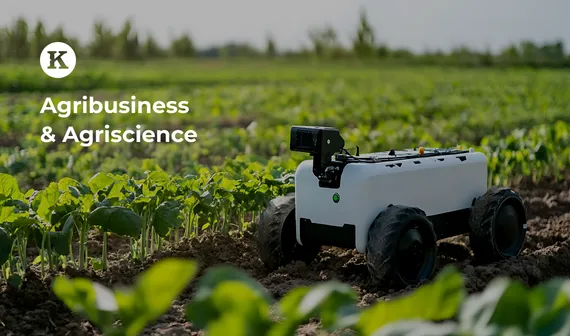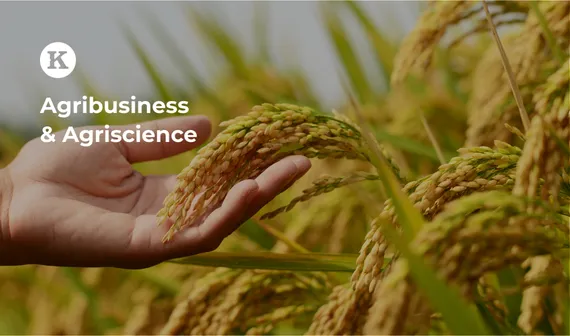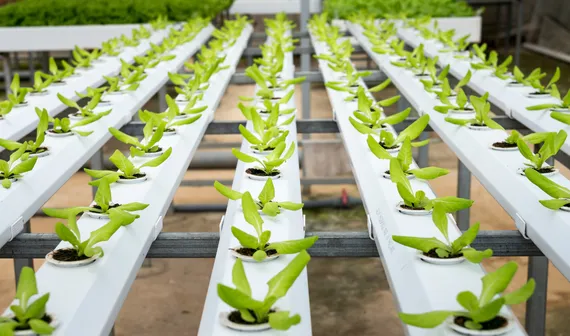Innovation in animal nutrition
What recent advancements in animal nutrition have you implemented, and how have they impacted animal health and productivity?
We understand the increasing importance of sustainability in the feed milling industry. Kemin’s millSMART™ program now targets environmental impact by reducing carbon footprints, while ensuring feed quality and cost savings. We've developed a carbon footprint calculator and work with customers to measure reductions achieved through improved milling efficiency and increased feed yield. To ensure transparency, we engaged an independent consultant for a life cycle assessment (LCA) of our surfactant-based millSMART™ milling aids, which enhance moisture penetration and maintain feed quality, enabling customers to accurately determine their carbon savings.
Kemin is enhancing precision feeding in dairy cattle with innovative encapsulation technologies for amino acids and bioactive compounds, improving nutrition and nutrient use. The company also launched heat-stable enzyme solutions, both single and combined, to optimize feed formulation and nutrient utilization.
Kemin introduced an enhanced nutrient-absorption booster and a new probiotic that improves gut health. These advancements boost animal health and productivity by improving feed efficiency and nutrient utilization, leading to better growth, profitability, reduced antibiotic use, and improved animal welfare.
Can you describe a challenging case where you modified an animal's diet for health concerns? What steps did you take, and what was the outcome?
Case Description: The team has worked with a pig farm that was experiencing an increase in digestive issues and poor growth rates among their growing pigs. Upon investigation and consultation with the farm manager and veterinarian, it was determined that the issues stemmed from a suboptimal diet formulation and inadequate living conditions.
Steps Taken: The team visited the farm to assess the pigs’ diet, feeding practices, and housing conditions. After analyzing the diet and health, they recommended adjusting protein, energy, vitamins, and minerals in the feed, and suggested adding probiotics and enzymes for better digestion. They provided training on feeding management, including feed storage and distribution, and recommended improvements in ventilation, temperature control, and hygiene to reduce stress and enhance health.
Outcome: As a result of these interventions and support:
• The pigs showed improved digestive health, with a reduction in incidences of diarrhea and digestive upsets.
• Growth rates improved, leading to healthier and more robust pigs.
• The farm experienced better overall productivity and profitability due to reduced feed wastage and improved feed efficiency.
By collaborating closely with the farm and leveraging expertise in feed ingredients and additives, we were able to effectively address the health concerns and optimize the pigs’ diet and living conditions. This case highlights the critical role that Kemin plays in supporting their customers to achieve optimal animal health and performance outcomes.
How do you stay ahead of industry trends in animal nutrition and encourage your team to adopt new technologies?
Staying ahead of industry trends in animal nutrition involves a multifaceted approach. This includes:
- Engaging in Industry Events: My team and I participate regularly in industry events such as VIV Asia that showcases new technologies and garners interest and feedback from our customers.
- Focusing on Customer Needs: Keeping the customer at the forefront of our business is essential. Our priority is staying in touch with customers, understanding their goals and challenges, and creating innovative solutions for mutual success. It's about showing our commitment to supporting their long-term success.
- Investing in Research and Development: Kemin invests 7% of its turnover in research and development, driving new projects to meet industry needs. Using digital technologies, we optimize feed formulation and quality through real-time analysis and precision control. Our commitment is to innovation and industry leadership.
Leadership in building a innovative culture
How do you identify and nurture potential leaders within your team who can drive innovation in animal nutrition?
Identifying Potential Leaders:
